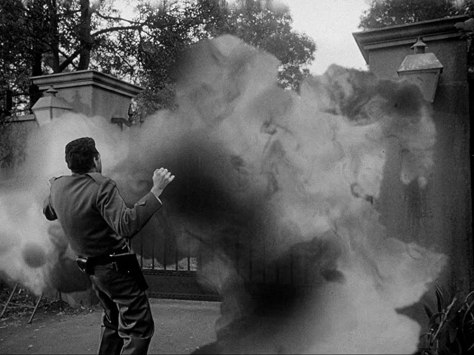
In the spirit of fellow 1965 release Frankenstein Meets the Space Monster, which didn’t have Frankenstein in it but DID have a Space Monster, Planet of the Vampires features no vampires but does include at least one planet—its Italian title, Terrore nel Spazio, aka “Terror in Space”, is more non-specific but probably more accurate. It also features a great meeting of some of the minds discussed in previous posts: an international production headed by American International Pictures (who put its North American debut on a double bill with previous subject Die, Monster, Die!), directed and co-written by influential Italian horror auteur Mario Bava (several years after his work on Caltiki – The Immortal Monster), with an English language script written by Ib Melchior of Angry Red Planet and Journey to the Seventh Planet (alongside Louis M. Heyward, who was a producer of many other horror productions of the era like the Vincent Price classic The Abominable Dr. Phibes.) On a conceptual level, it feels very close to Melchior’s previous tales of astronauts terrorized by mysterious alien life forms on other planets, but with Bava’s visual sense, it goes from a mere suggestion of interplanetary Gothic horror to a pure representation of it—its alien planet feels truly menacing and not just inhuman, but anti-human. It’s likely for this reason that this movie became as unexpectedly influential as it has, very likely serving as another one of the inspirations for the Alien, which offered an updated conception of a space exploration haunted by inexplicable monstrosity over a decade later.




